
3,215 Okinawa E-Scooters Recalled
- Apr 18, 2022
- Views : 6682


Log9 Materials started in 2015, incubated in IIT Roorkee, founded by Dr Akshay Singhal, Kartik Hajela, and Pankaj Sharma. They started off as a material science company but in 2017 realised that energy storage or battery technologies will be important in the larger scheme of climate change. And that's how Log9 started to use its material science competency to create battery technologies, developed from the ground up in India, right from the cell level. We caught up with its founder Dr Akshay, who shared his thoughts on the EV industry, the company’s future plans, and more.
Creating battery technologies right at the cellular level, specifically for India:
Log9 realised that a lot of batteries have been made globally but none of them have been made keeping the Indian conditions, including the climate conditions, and also the fact that the types of vehicles that in the EV segment are very India-specific. While safety standards are growing, says Akshay, there are still consistency issues. The efficiency gets affected as the temperature goes higher, and the predictability of the battery energy levels are also a matter of concern.
So, scenarios such as these command the need for battery technology built from the ground up in India. And now Log9 is able to offer a battery pack (called RapidX) with InstaCharge tech, which can be charged in less than 15 minutes and still offer a battery life of more than 20 years. Moreover, they can operate up to 60 degree celsius without any safety issue or loss in battery life.
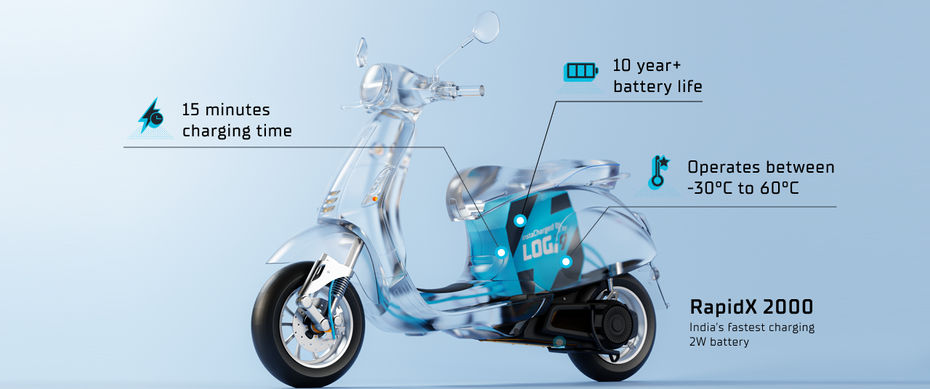
Target market:
Akshay says the target market is around commercial vehicles to start with. That’s where the utilisation is high enough to justify the lower cost ownership per km. At the same time, the green impact will also be substantial enough if the usage is widespread. Akshay says the upfront cost is high for EVs in general, and even though the running costs are lower, it’ll play to your favour only when the utilisation is higher. But in personal mobility, users do not drive their EVs far enough (it’s a bit like buying a diesel powered car, if your daily running is high).
It doesn’t make sense in terms of either costs, nor from the climate perspective in the private EV segment. Meanwhile, the utilisation is always higher in the commercial segment, thus ensuring cost and climate benefit. So, all of Log9’s solutions are targeted towards commercial applications, including two, three, four wheelers and heavy vehicles like intra-city buses.
Commercial EV segment in India, and partnership plans:
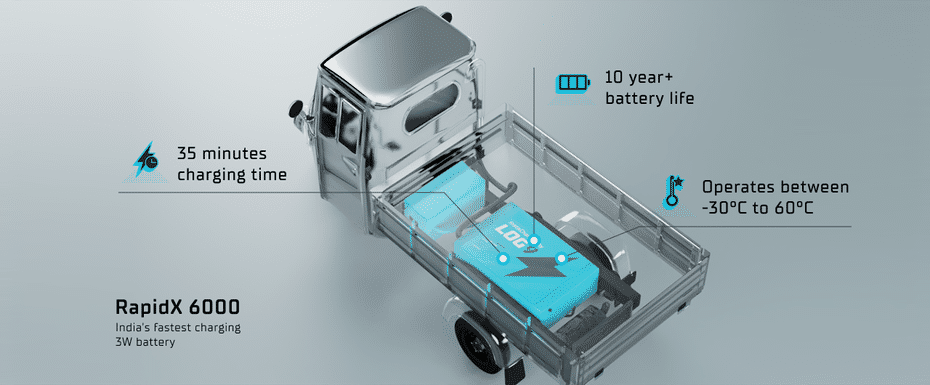
Akshay said the demand is phenomenal on the EV side, because it leads to cost savings right from day one. This is the case in all the sub-segments of commercial EV space, including two, three and four wheelers. Akshay says Log9 has already done pilot runs with all the major e-commerce players, including Amazon, Swiggy, and Flipkart over the last one year. Akshay adds that these companies don't take any vehicles of their own, and in fact have fleet operators who provide services to them. Log9 has done pilot runs with the fleet operators as well, and Akshay claims Log9 already has over 1000 batteries on the road at the moment, in the two/three-wheeler categories.
Log9 also works with OEMs. New vehicles from OEMs come with Log9’s battery pack. He cited examples like Omega Seiki Rage+ Rapid EV in the three-wheeler EV segment, Hero Electric Nyx B2B e-scooter. In fact, Akshay revealed that with Log9’s battery tech, Omega Seiki has become the best-selling electric three-wheeler in the market, selling 280 units in March, whereas Piaggio tallied 230 units.
Thoughts on EVs catching fire:
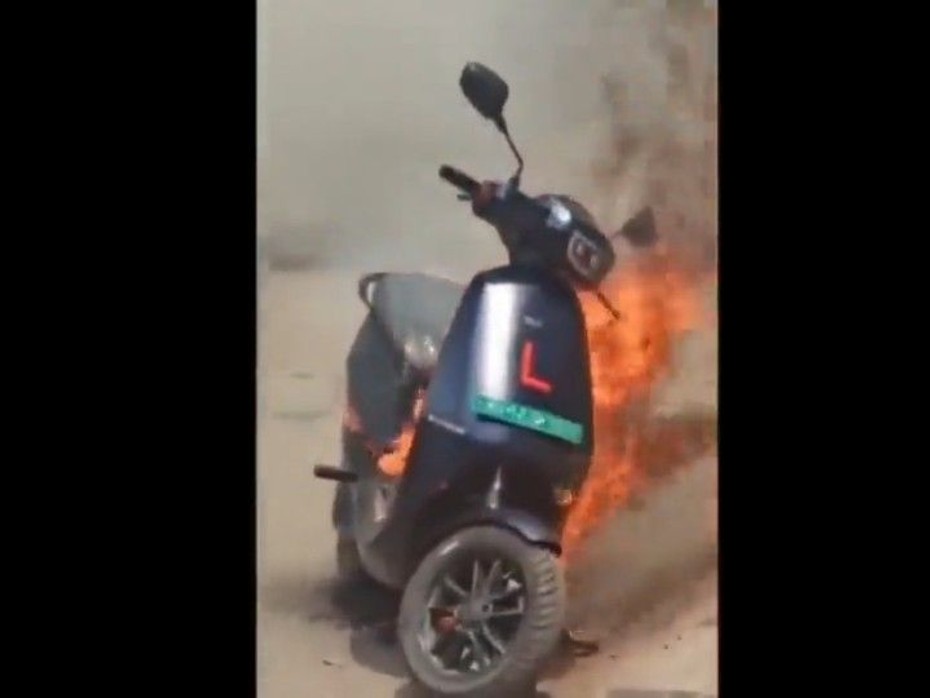
the automobile community
Akshay says the reason they’re catching fire is because they were never designed for Indian conditions. He also expressed his concerns about compatibility issues while assembling different borrowed technologies. He opines that such incidents have been happening for quite some time, but now the issues are perceptible as the last two years has seen a steady growth in the number of EVs on our roads.
He says, “So there are two things: One is either you make a cell technology which is resilient, or you at least make battery pack-level technology, which can make it resilient, by putting thermal cooling.”
Log9 claims the resilience is built right at the cell level itself. Akshay says these cells will not blow up even if they’re operating at 100-200 degree celsius.
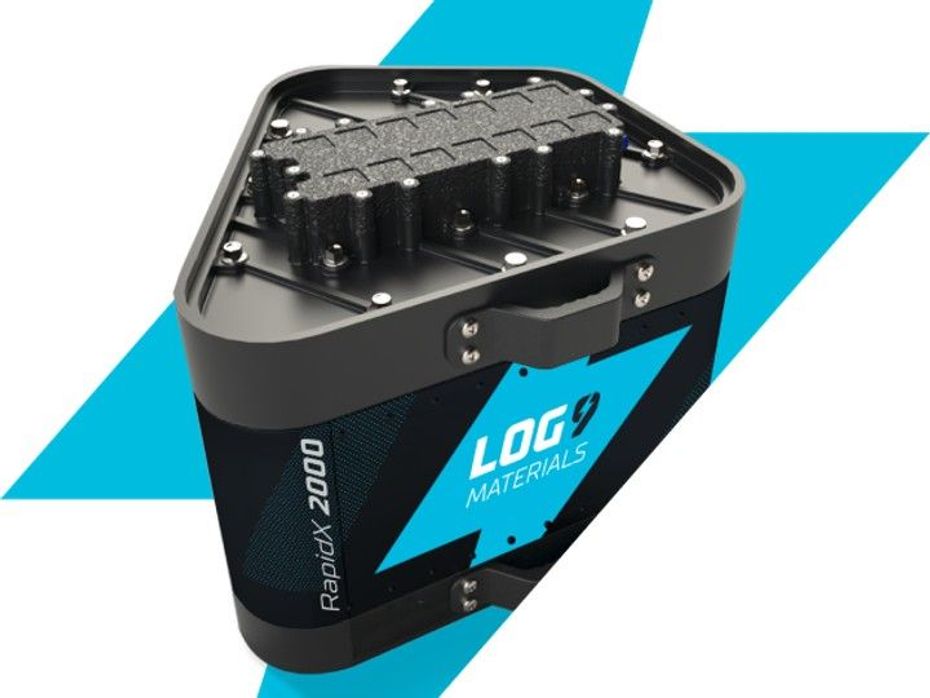
Changing the chemistry to make batteries safer:
Akshay says the cathode, anode and the formulation are all different in their battery packs. He claims, “We’re the only company which has a cell-level technology established in India.”
Regarding cells being manufactured in India, Akshay says Log9 only has a commercial-ready pilot line right now with limited production capacity. But Log9 is scaling up, as in September it’s planned to come up with the largest cell line in India, based in Bengaluru.
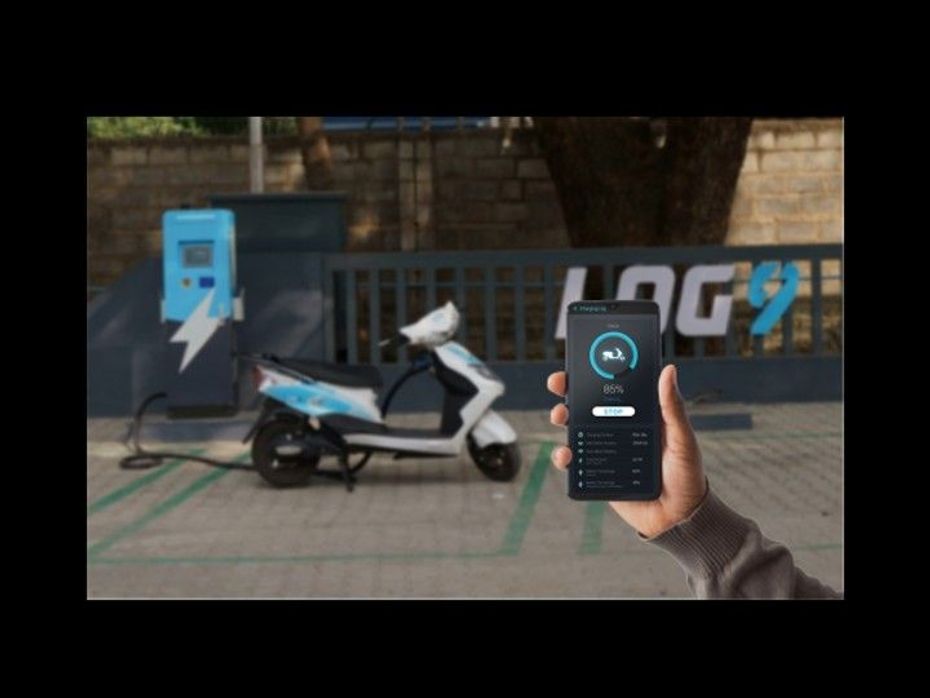
On InstaCharge technology long-range heavy EV batteries:
Akshay reveals it’s a lithium-based technology where Log9 has modified the electrodes to make it more resilient, give it an ability to charge quicker and also have a better lifespan. Batteries with this tech are meant for short-range intra-city application. He also claims a 15-minute charging duration in an already hot environment of around 50-55-degree celsius, despite there have been no thermal issues, nor loss in energy efficiency. Moreover, he claims it does not require cooling solutions at all because of its inherent design. Akshay revealed the company is working on aluminium fuel cell technology for long-haul vehicles, which it plans to launch in a couple of years.
Teaming up with mainstream OEM manufacturers like Bajaj or TVS:
Akshay says, “There are seven different OEMs, including the major ones which we have already done vehicle integrations with. And you will see many more announcements coming in the next few months.”
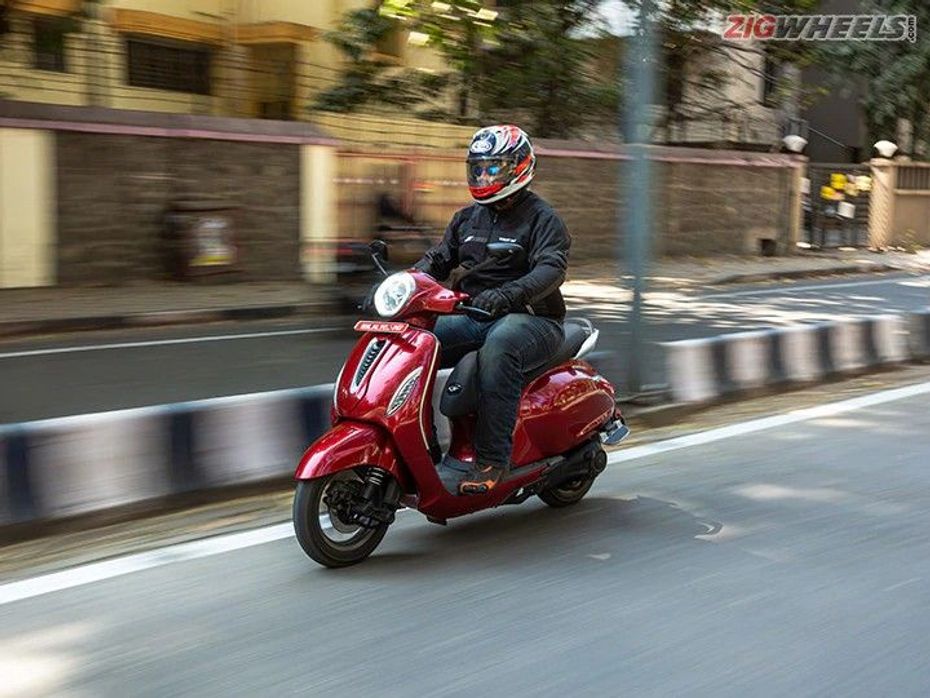
Stumbling block for EV customers when they’re planning to buy an EV:
Akshay says, the biggest challenge the customer faces today is consistency and reliability, adding that concerns regarding charging come later, and that EVs must work properly in the first place. He cited an example of a popular electric car, saying when the battery reaches below 30 percent capacity, there’s no guarantee that the vehicle will run for 2km or 10km or 20km.
Is that got to do with the bad battery or bad battery management system?
Akshay, said “Both -- the quality of cells that are coming in, and the way the battery pack has been designed.” He explained that they are often not designed keeping in mind the Indian driving conditions. So, it’s always operating under stress, so the moment it reaches lower levels of charge, one or few cells fail first, and they cause a cascading effect.

On the Indian Government’s battery swapping announcement:
Akshay says battery as a service is a larger subset, and it makes a lot of sense from the customer point of view. Battery swapping has its own niche, and the most successful company with this model is Gogoro, which involves high-paying customers opting for a premium service. The company was able to set everything up because the customer had the purchasing power. Here Akshay adds that if your daily run is more than 80km, then swapping is costly. Secondly, (while making) cost effective for the Indian market, you lose out on all sorts of battery design and thermal management issues…you’re making yourself ready for all sorts of safety issues.”
He also reveals a problem very specific to the Indian market: theft and vandalism. There are fleet operators who were forced to install padlocks on their batteries to deter theft. Also, swapping isn’t very user-friendly when it comes to bigger EVs with heavier, more cumbersome battery packs.
When it comes to battery as a service, Akshay feels it is important for the customer because the company can start charging a monthly subscription for the battery (even if it is fixed), so the up front cost will be low. It essentially becomes a fuel cost or running cost.
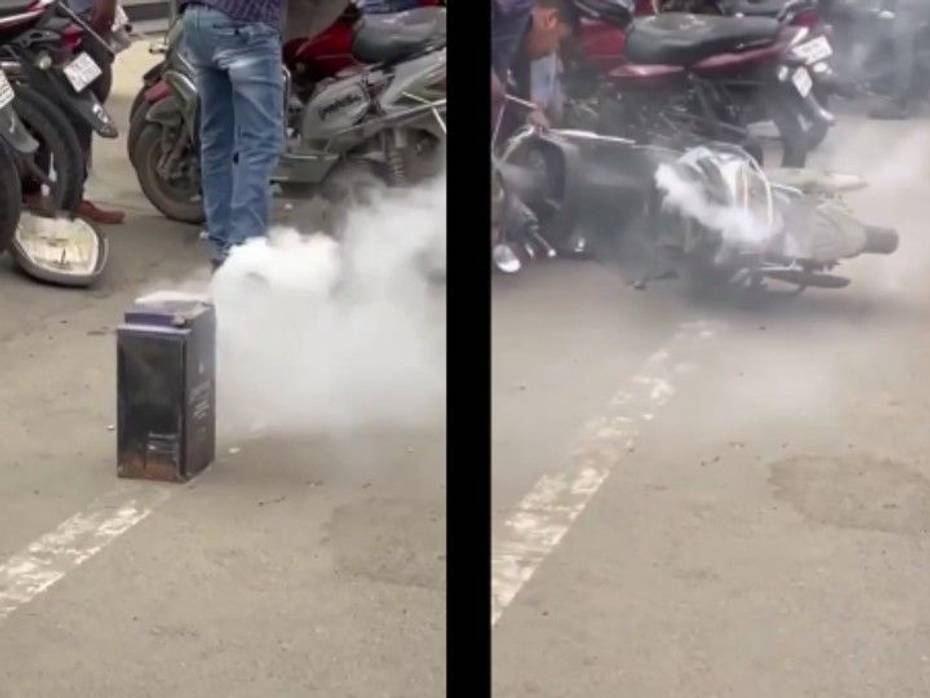
Should the Indian government do something about the battery quality?
Akshay says, “They should and they can, but at the same time I will say that we cannot blame the regulator or the customer in a new market (like EV space). And as pioneers of the industry (be it Log9 or Ather Energy or Ola Electric or Hero Electric), it is our moral obligation to do the right thing, even if the regulator is not asking for it.” He also opined that cutting corners will only bring in bad faith for the entire ecosystem.
The silver lining of semiconductor shortages, Ukraine war crisis:
Akshay feels the impact these developments have on the Indian EV ecosystem has been quite positive if one looks at it from a macro perspective, say three-four years down the line. Because efforts are being taken when there’s a crunch-like situation like now, and in fact there are efforts which are being taken to localise a lot of things already. The supply constraint is leading industries into localising components.
Will Log9 enter the electric vehicle manufacturing space?
Akshay says, “(Electric) vehicles are not our play, we want to focus on our battery part of things. We are doing stuff to facilitate charging infrastructure.” Log9 already has mobile charging stations (an electric Tata Ace loaded with a battery pack and charging system for Log9-powered EVs). There are eight to nine such vehicles deployed in cities such as Delhi, Bengaluru, and Hyderabad.

Lithium-based battery tech isn’t going anywhere any time soon:
Speaking about future battery technology, Akshay said it will be a very dynamic space for the next 10-15 years when it comes to battery technology. That said, lithium will still continue to exist. Its benefit is that you can pack more energy in a smaller form factor. But in other use cases there might be alternatives.
Companies like Log9 prove that India has the potential to develop its own battery technology, and with enough time and large scale usage, the costs will eventually come down, making such advanced battery packs usable for EVs of different price ranges.

3,215 Okinawa E-Scooters Recalled

EV Tech Explained: How Do OTA Updates Work?

Hero’s Electric Scooter Compared With The Yamaha Neo’s

Hero Electric And Mahindra Group Announce New Partnership For...

210km On A Single Charge? Yes, Says Hero Electric

Hero Electric To Expand From 600 To 1500 Touchpoints In Next Two Years
 Avon E Scoot 504
Avon E Scoot 504
 Komaki X One
Komaki X One
 Ola Gig
Ola Gig
 Ujaas Energy eGo LA
Ujaas Energy eGo LA
 Greta Electric Harper ZX Series-I
Greta Electric Harper ZX Series-I
India's largest automotive community
 Hero Electric Optima
Rs. 83,300
Hero Electric Optima
Rs. 83,300
 Hero Electric Flash
Rs. 59,640
Hero Electric Flash
Rs. 59,640
 Hero Electric Atria
Rs. 77,690
Hero Electric Atria
Rs. 77,690
 Hero Electric Photon
Rs. 1.10 Lakh
Hero Electric Photon
Rs. 1.10 Lakh
 Mahindra BE 6
Rs. 18.90 Lakh
Mahindra BE 6
Rs. 18.90 Lakh
 Tata Curvv EV
Rs. 17.49 Lakh
Tata Curvv EV
Rs. 17.49 Lakh
 MG Windsor EV
Rs. 13.49 Lakh
MG Windsor EV
Rs. 13.49 Lakh
 Mahindra XEV 9e
Rs. 21.90 Lakh
Mahindra XEV 9e
Rs. 21.90 Lakh
 Tata Nexon EV
Rs. 12.49 Lakh
Tata Nexon EV
Rs. 12.49 Lakh